AO Edited
The Garden of Philosophers
Tucked away near more famous landmarks lies a statue meant to symbolize the confluence and continuing development of human culture.
In a secret corner of Budapest’s Gellért Hill, the world’s greatest religious figures meet silently around an orb. At least, that’s what Hungarian sculptor Nándor Wagner envisioned when he created “The Garden of Philosophy,” a cluster of statues you may happen upon if you wander away from the major tourist attractions of the Citadel and the Liberty Statue, perched atop the crown of the popular hill overlooking the Danube.
The sculpture, created in 1997 (the year of Wagner’s death), found its secluded hillside home in 2001. Wagner’s intention for the piece was to promote mutual understanding among the world’s religions. The group of statues features an inner circle composed of what Wagner saw as the five founders of the world’s major religions: Abraham, Jesus, Buddha, Laozi, and Akhenaten. The orb they gather around is about the size of a fist and intended to represent the similarities in what is worshiped by these major schools of thought.
Akhenaten, the Egyptian pharaoh who began his reign as Amenhotep IV and changed his name as part of his attempt to shift Egypt to a monotheism centered around the sun god Aten, seems an odd choice here and stands out physically as well. He is built smaller than his companions, wearing a large Egyptian war crown that at first glance resembles the bulbous brain of a classic sci-fi alien.
Gazing from the sidelines at this surreal meeting of the minds are Mahatma Gandhi, Daruma Daishi (aka Bodhidharma), and Saint Francis, who Wagner saw as leaders in fostering spiritual enlightenment. Gandhi’s statue is the most recognizable. Wagner intended for the sculpture to include a third circle of figures composed of the great lawmakers Hammurabi, Moses, Justinian, and Prince Shotoku, but was unable to complete that part of the project before his untimely passing due to cancer.
If the overall style of the sculptures looks somewhat Asian, it’s because Wagner spent the last 25 years of his life living and working in Japan. In fact, another version of the statue group was cast and presented in the Japanese town of Mashiko.
Nearby to the Hungarian version, you will find a striking view of the city of Budapest as well as a statue of the personified Prince Buda embracing his wife, a personified Princess Pest (Budapest being composed of the two formerly separate cities of Buda and Pest).
Know Before You Go
From the liberty statue, face the river and follow the paths to the left.
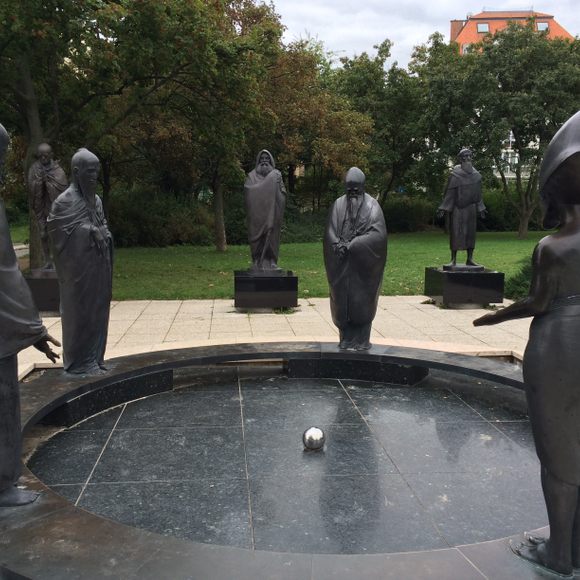






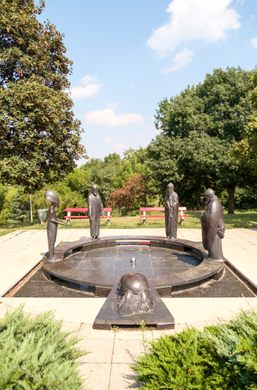
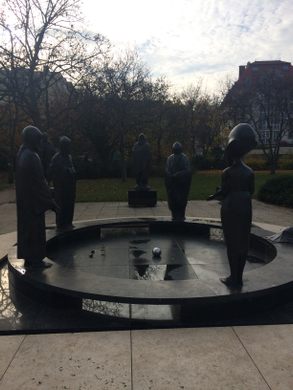







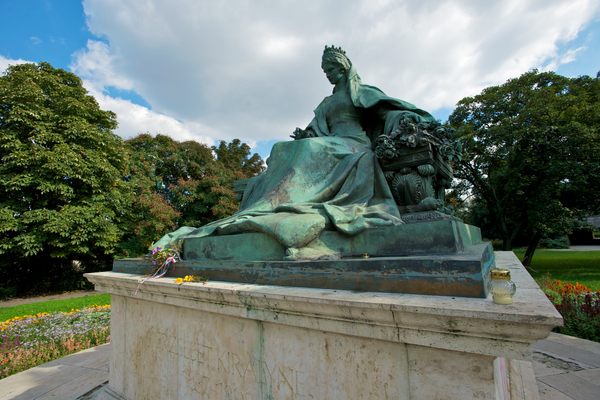


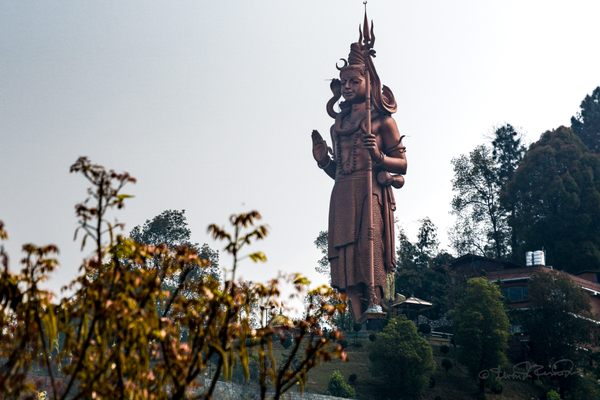
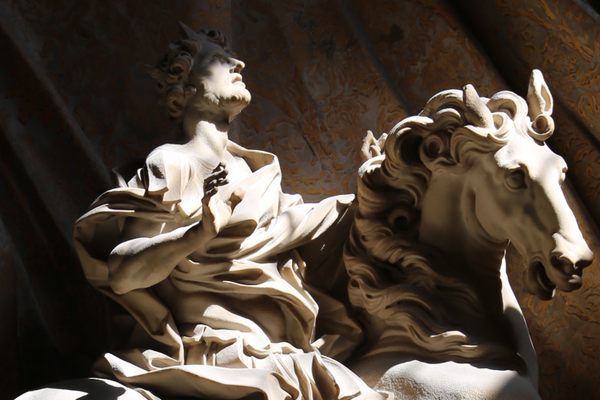
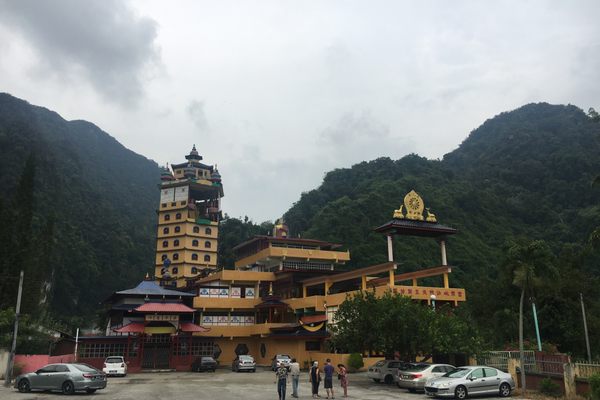


Follow us on Twitter to get the latest on the world's hidden wonders.
Like us on Facebook to get the latest on the world's hidden wonders.
Follow us on Twitter Like us on Facebook